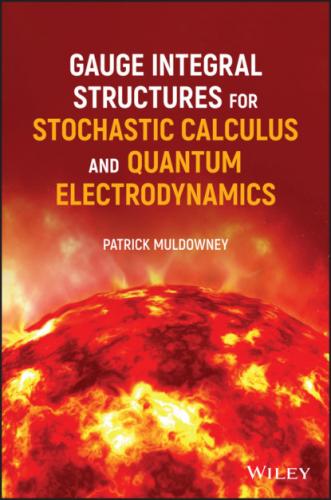Observe that the number
The same applies to the values of
Regarding notation, the symbols
Where
A mathematically rigorous approach to random variation can be squarely based on the latter view, and in due course this will provide mathematical justification for notation
Table 2.5 describes two out of a possible total of sixteen outcomes, or sample paths, for each of the processes involved. But the tables do not examine the probabilities of the various outcomes. So Table 2.4, for instance, does not really shed much light on how the investment policy of the portfolio holder (shareholder) is capable of performing. The alternative outcomes of the policy are displayed in Table 2.4, but on its own the list of outcomes does not say whether a gain of wealth is more likely than an overall loss.
What if, for instance, we wish to determine the expected overall gain in the value of the shareholding at the end of four days? With
This can be answered directly as follows.
Suppose the different possible amounts of total or net shareholding gain are known. Two of these, and , are calculated above. There are 16 possible sample paths for the underlying process corresponding to the 16 permutations of U, D. So, allowing for duplication of values, there are at most 14 other values for total shareholding gains.
The probability of each of the 16 values of is the same as the probability of the corresponding underlying sample path (or ). It is assumed that the probability of a U or D transition is 0.5 in each case. If it is further assumed that the transitions are independent, then the probability of each of the 16 sample paths is , or one sixteenth. This is then the probability of each of 16 outcomes for total shareholding gain, including duplicated values.
The 16 values for
Since each of the
has equal probability
